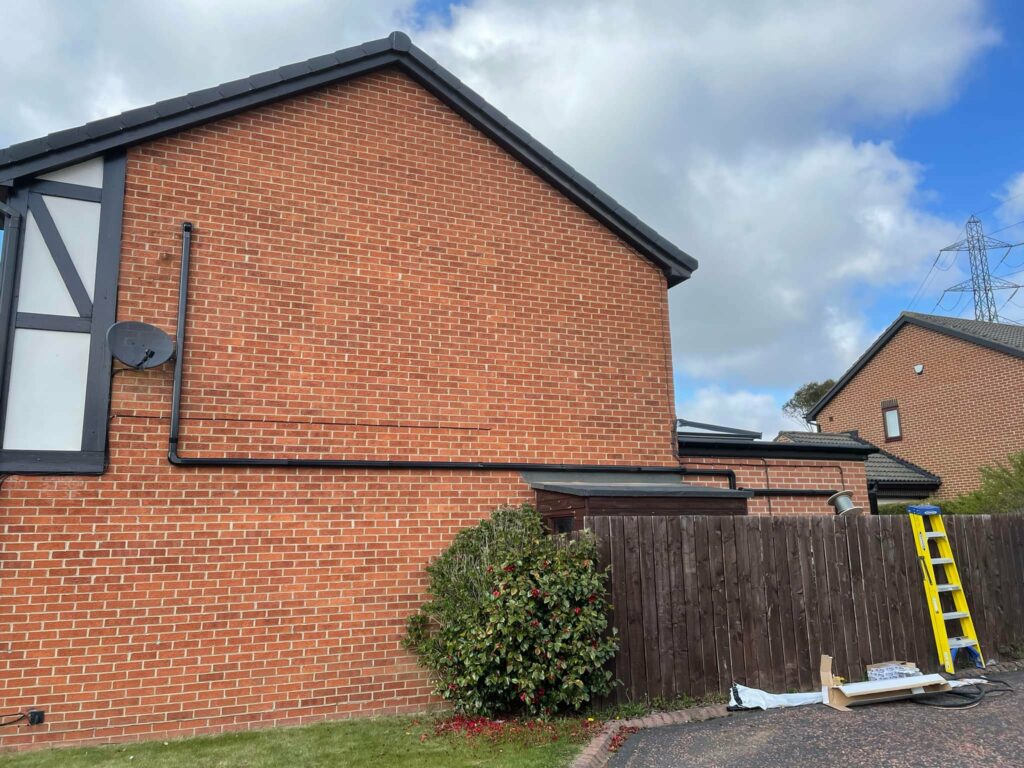Keeping your house warm and cosy throughout the winter months necessitates the efficient running of your HVAC system. Nothing is more aggravating than your furnace breaking down in the middle of the night. Worse still, winter weather is often unpredictable, so if your HVAC breaks down during a snowstorm, you may have trouble getting service.
Preventive maintenance and preparing your HVAC system for a blizzard are two straightforward ways to avoid this. Following are some tips to get you started.
Examine the Insulation
Many properties in the United Kingdom are inadequately insulated. This implies the HVAC system will have to use more energy and work more effort to heat the house. At the same time, under snowy circumstances, it leads to insufficient interior heating.
Your home must be adequately insulated to keep the air heated by the furnace. You may feel drafts of chilly air entering the house if your windows, doors, and other openings are not adequately sealed. This may cause the HVAC system to work harder, resulting in insufficient warmth inside.
An assessment of your home’s insulation is a fast remedy to this. Examine the doors and windows with special attention. Also, inspect the attic to ensure that heat is not wasted due to insufficient insulation.
Organize the Vent Space
When it comes to HVAC maintenance, it’s usual to overlook the vent apertures. These vents allow hot air to enter the internal environment. When there are impediments in front of a vent, such as furniture or clothing, it cannot circulate hot air adequately. Clogged vents may cause HVAC problems as well. Ensure all ducts are clean and operating correctly as you prepare your HVAC system for a possible snowstorm.
Use a Programmable Thermostat if Possible
A programmable thermostat allows you to control your home’s temperature more precisely and efficiently. It can learn your daily habits and routines and adjust the settings appropriately. Using programmed settings, you may pre-define the temperatures at which the thermostat should operate at specified hours. This has the additional advantage of ensuring that the furnace runs more efficiently. It also aids in the attainment of more efficient indoor heating.
Inspect and Replace Your Filters
Air filters are in charge of filtering and treating air before entering your house. They may easily get blocked and must be updated regularly. When a filter becomes clogged and is not changed on time, the HVAC system’s performance suffers, and more energy is used. If a blizzard or snowstorm is expected, it’s a good idea to check the air filters and replace them if necessary. Cold weather is especially important if you want enough interior heating. If you don’t know how to return your filter, get a Northernair HVAC professional to do it for you.
Heat Pumps Must Be Cleared
Heat pumps are essential parts of your HVAC system that transfers heat. The furnace may blast well-heated air into your home’s interior when heat transfer is done effectively. The heat pump may get blocked if there is a lot of snow. It cannot correctly transmit heat when this occurs, resulting in inefficient heating. You may avoid this by removing any snow or other debris from the area surrounding the heat pump.
Invest in a Backup Generator
Despite your best efforts, your HVAC system may fail to work during an intense snowstorm. This is especially true if the power source fails. You could consider having a backup power source, such as a generator, to prevent such a situation. During the few hours of interruption until the main supply is restored.




